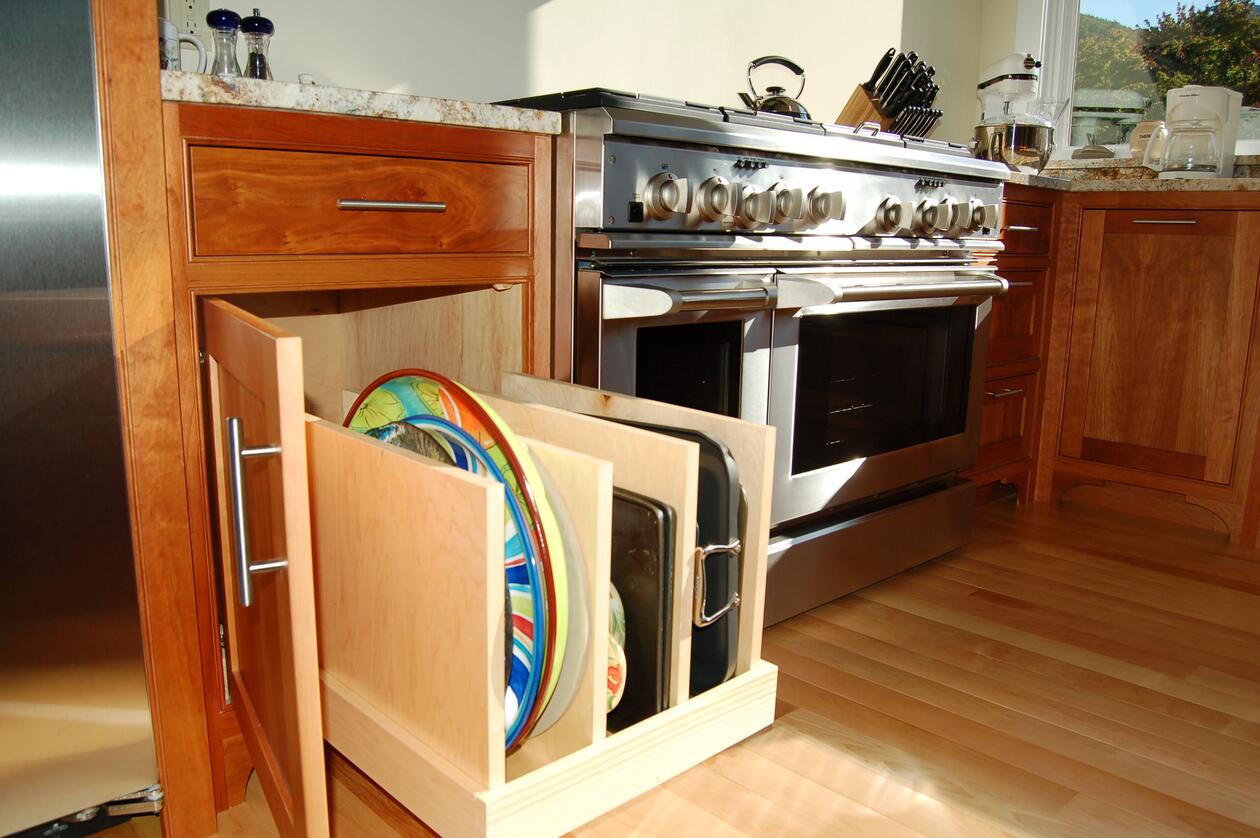

Articles
How To Store Serving Platters
Modified: December 7, 2023
Discover the best way to store your serving platters with our helpful articles. Keep your kitchen organized and platters secure with our storage tips and ideas.
(Many of the links in this article redirect to a specific reviewed product. Your purchase of these products through affiliate links helps to generate commission for Storables.com, at no extra cost. Learn more)
Introduction
When it comes to hosting parties or family gatherings, serving platters are an essential component of any well-prepared spread. From elegant cheeseboards to generously sized trays for appetizers or desserts, these versatile pieces add style and functionality to your entertaining arsenal. However, storing serving platters can be a challenge, especially if you want to keep them in good condition and easily accessible for your next event.
In this article, we will guide you through the process of storing serving platters to ensure they remain safe and well-preserved. From assessing your storage space to employing protective measures, we’ll cover all the essential steps to keep your serving platters organized and ready for use. Let’s dive in!
Key Takeaways:
- Properly storing serving platters involves assessing space, using protective dividers, and considering vertical storage options. Regular maintenance ensures platters remain in optimal condition for future use.
- Cleaning, selecting appropriate containers, and organizing platters are crucial for effective storage. Storing platters in a cool, dry place and regularly inspecting the setup are key to maintaining their quality.
Read more: Where To Store Serving Dishes
Assess Your Storage Space
Before you start storing your serving platters, it’s essential to assess your storage space to determine the best location for them. Consider the available space in your kitchen cabinets, pantry, or storage area where you plan to keep your platters.
Take measurements of the width, height, and depth of your storage space to ensure that your platters will fit comfortably without being squeezed or stacked too closely together. This will help prevent any potential damage to your platters.
Additionally, consider the accessibility of the storage space. It’s best to choose a location that is easily reachable and doesn’t require you to move other items every time you need to retrieve a serving platter. This will save you time and effort during your next party or gathering.
If you find that you don’t have enough space in your existing storage areas, you might need to get creative with alternative storage solutions. Wall-mounted shelves, hooks, or even dedicated storage racks specifically designed for serving platters can help maximize your available space and keep your platters within easy reach.
By assessing your storage space and taking the necessary measurements, you can ensure that you have a suitable and convenient location to store your serving platters.
Clean and Dry Your Serving Platters
Before storing your serving platters, it’s crucial to clean them thoroughly to remove any food residue or stains. Start by carefully hand-washing each platter with warm water, mild dish soap, and a soft sponge or cloth. Avoid using abrasive materials or harsh cleaning agents as they may damage the surface of the platters.
If your serving platters are dishwasher-safe, you can also place them in the dishwasher for a more convenient cleaning process. However, be sure to check the manufacturer’s guidelines to ensure that your platters can safely be cleaned in the dishwasher.
Once the platters are clean, make sure to dry them thoroughly. You can use a clean towel or let them air dry. This step is essential to prevent any moisture from being trapped, which could lead to mold or mildew growth during storage.
Inspect your platters for any chips, cracks, or other damages that may have occurred during use. If you notice any, it’s best to set them aside for repair or replacement before storing them. Using damaged platters can lead to further deterioration and compromise their integrity.
By cleaning and drying your serving platters before storage, you ensure that they remain in optimal condition for future use and minimize the risk of any potential issues arising from dirt or moisture.
Select Appropriate Storage Containers
Choosing the right storage containers for your serving platters is crucial to protect them from damage and ensure their longevity. Here are some factors to consider when selecting appropriate storage containers:
- Size: Look for containers that are spacious enough to comfortably fit your serving platters without overcrowding. Avoid containers that are too small, as they can cause the platters to become cramped or stacked too closely together.
- Material: Opt for storage containers made of durable and sturdy materials such as plastic, glass, or stainless steel. These materials provide protection against impact and help prevent potential breakages.
- Cover: Ensure that the storage containers come with secure covers or lids to keep dust, pests, and humidity out. This will help maintain the cleanliness and condition of your serving platters during storage.
- Stackability: Consider containers that are stackable to maximize your storage space. Stackable containers make it easier to access and organize your serving platters, saving valuable space in your storage area.
- Dividers: If you have multiple platters, consider containers that come with dividers or compartments. Dividers help prevent the platters from hitting each other and reduce the risk of scratches or damages while in storage.
When selecting storage containers, it’s also a good idea to label them. This will make it easier to identify and retrieve the specific serving platters you need without having to search through all the containers.
By choosing the appropriate storage containers based on size, material, cover, stackability, and dividers, you can ensure that your serving platters are well-protected and easy to access when needed.
Use Protective Dividers or Sleeves
To provide extra protection for your serving platters during storage, consider using protective dividers or sleeves. These additional layers of cushioning can help prevent scratches, chips, and other damages that can occur when platters rub against each other.
Dividers are available in various materials, such as foam or felt, and can be specifically designed to fit the dimensions of your serving platters. They create a barrier between each platter, ensuring that they remain separate and protected. Make sure to choose dividers that are soft and non-abrasive to avoid scratching the surfaces of your platters.
Sleeves, on the other hand, are typically made of fabric or soft material and can be slipped over each serving platter individually. These sleeves provide an added layer of protection against dust, moisture, and potential scratches. They are particularly useful for platters with delicate or intricate designs.
When using dividers or sleeves, take care not to stack too many platters on top of each other, as this can create unnecessary pressure and potentially cause damage. It’s also important to properly secure the dividers or sleeves to ensure that they stay in place during storage.
By using protective dividers or sleeves, you can minimize the risk of damage to your serving platters and keep them in pristine condition until your next special occasion.
Read more: How To Store Soft Serve Ice Cream
Stack Platters Properly
When storing serving platters, it’s important to stack them properly to prevent any unnecessary strain or potential damage. Here are some guidelines to follow when stacking your platters:
- Size and Weight: Start by organizing your platters based on their size and weight. Place larger and heavier platters at the bottom of the stack to provide a stable base.
- Padding: Use soft, non-abrasive padding such as felt or cotton towels between each platter to create a cushioning layer. This will help prevent any potential scratches or chips that can occur from direct contact.
- Even Stacking: Make sure to stack the platters evenly, aligning them to distribute the weight evenly across the stack. This will help maintain the integrity of the platters and prevent any leaning or shifting.
- Secure Stacking: If your storage container allows, consider using stackable racks or shelves designed specifically for serving platters. These racks provide additional support and stability, keeping the platters securely in place.
It’s important to note that stacking too many platters on top of each other can increase the risk of breakage or damage. Avoid overloading the stack to maintain the structural integrity of the platters.
For platters with delicate or fragile edges, it’s advisable to use additional padding or separators to provide extra protection. This can be in the form of foam inserts or even soft cloth tied around the platter’s edges to avoid any direct contact.
By following these stacking guidelines, you can ensure that your serving platters are stored safely and securely, minimizing the risk of damage during storage.
When storing serving platters, stack them vertically to save space and prevent scratching. Place a layer of soft padding, such as felt or shelf liner, between each platter to protect their surfaces.
Label and Organize Your Platters
To make it easier to find and retrieve specific serving platters when needed, it’s essential to label and organize them effectively. Here are some tips to help you keep your platters organized:
- Labeling: Use labels or markers to clearly identify the contents of each storage container. You can label them based on the type of platters or the occasion they are most suited for. This will save you time and effort when searching for a particular platter.
- Grouping: Group your platters based on their size, shape, or purpose. For example, you can have one container for large rectangular platters, another for round platters, and a separate container for appetizer or dessert platters. This will make it easier to quickly locate the desired platter.
- Frequently Used Platters: If you have platters that you use more frequently, consider keeping them in an easily accessible location. This will ensure that you can grab them quickly without having to dig through other containers.
- Separate Fragile Platters: If you have platters that are fragile or have special delicate features, it’s a good idea to store them separately or provide extra padding. This will help protect them from accidental damage and minimize the risk of breakage.
By labeling and organizing your serving platters, you can save time and frustration when searching for a specific platter. It also helps maintain the condition of the platters by minimizing unnecessary handling and movement during storage.
Store Platters in a Cool and Dry Place
Proper storage conditions are essential for maintaining the quality and longevity of your serving platters. It’s crucial to store them in a cool and dry place to protect them from environmental factors that can cause damage. Here’s why this step is important:
Temperature Control: Extreme temperature fluctuations can cause your serving platters to expand and contract, potentially leading to cracks or other forms of damage. Avoid storing them in areas exposed to direct sunlight, near heat sources, or areas prone to temperature fluctuations, such as attics or basements.
Humidity Control: High humidity levels can promote the growth of mold or mildew, which could damage the platters’ surfaces. Similarly, low humidity levels can cause the platters to become brittle or develop cracks. Aim for a moderate level of humidity when storing your platters, ideally between 40% and 50%.
Moisture Prevention: Ensure that your storage area is dry and well-ventilated to prevent any moisture buildup. Moisture can lead to discoloration, warping, or the growth of bacteria. If your storage space tends to be damp, consider using moisture-absorbent products, such as silica gel packets, to help mitigate excess moisture.
Avoiding Exposure to Chemicals: Store your serving platters away from any chemical substances, such as cleaning agents or pesticides, as they may interact with the platters’ surfaces and cause discoloration or damage.
To further protect your platters, you can consider placing desiccant packs or moisture-absorbing sheets within the storage containers. These will help absorb any residual moisture and maintain a dry environment for your platters.
By storing your serving platters in a cool and dry place, you can safeguard them from temperature fluctuations, humidity-related issues, moisture damage, and exposure to chemicals. This will help ensure that your platters remain in optimal condition for future use.
Consider Vertical Storage Options
If you’re running out of horizontal storage space or you want a more efficient way to store your serving platters, consider utilizing vertical storage options. Vertical storage not only maximizes space but also allows for easy access and organization. Here are some vertical storage ideas:
- Plate Racks: Use plate racks or dish organizers specifically designed for vertical storage. These racks have upright dividers that securely hold your serving platters in an upright position, preventing them from leaning or sliding.
- Pegboards: Install pegboards on the walls of your storage area and attach hooks to hang your platters. This allows you to customize the spacing between platters and easily rearrange them as needed.
- Shelving Units: Invest in freestanding shelving units with adjustable shelves. This provides flexibility in terms of the height and spacing of the shelves, allowing you to accommodate platters of various sizes.
- Wall-mounted Shelves: Install wall-mounted shelves specifically designed for serving platters. These shelves are often wider than regular shelves, providing ample space for your platters to be stored upright.
- Built-in Cabinets: If you have the opportunity, consider designing or adding built-in cabinets with slots or compartments for vertical platter storage. This allows you to utilize every inch of available space more efficiently.
When implementing vertical storage, ensure that your serving platters are stable and securely placed to prevent any accidental falls or damages. You may consider using nonslip mats or liners to provide extra grip and stability.
It’s important to note that not all serving platters are suitable for vertical storage, especially if they have delicate or fragile components. Take into consideration the material, weight, and overall structural integrity of your platters before opting for vertical storage.
By considering vertical storage options, you can make the most of your space, easily locate your serving platters, and efficiently organize them for quick retrieval during your next gathering or event.
Read more: What To Serve With BBQ
Regularly Inspect and Maintain Your Storage Setup
After setting up your storage for serving platters, it’s important to regularly inspect and maintain the setup to ensure the continued safety and condition of your platters. Here are some practices to implement:
- Periodic Checkups: Set a schedule to inspect your storage area and platters on a regular basis. This allows you to identify any potential issues such as damage, mold, or pests before they worsen.
- Cleanliness: Keep your storage area clean and free from dust, debris, and any potential contaminants that could affect your platters. Regularly dust the shelves, wipe down the containers, and vacuum or sweep the surrounding area.
- Pest Prevention: Take measures to prevent pests, such as insects or rodents, from accessing your storage area. Seal any cracks or openings, use pest deterrents, and consider placing pest traps or baits nearby.
- Temperature and Humidity Monitoring: Continuously monitor the temperature and humidity levels of your storage area. Use a hygrometer to ensure that the humidity is within the recommended range, and keep an eye on any signs of temperature fluctuations that could impact the platters.
- Replacement or Repair: If you notice any significant damage or signs of wear and tear on your platters or storage containers, consider replacing or repairing them promptly. Don’t wait until the situation worsens and potentially causes further damage to your valuable serving platters.
- Reorganization as Needed: As your collection of serving platters evolves, reevaluate and reorganize your storage setup. This allows you to make adjustments, create more efficient space utilization, and ensure that all platters are properly accommodated.
Regular inspection and maintenance of your storage setup will help extend the lifespan of your serving platters and preserve their quality. It ensures that your platters remain in good condition and are ready for use when needed.
Conclusion
Properly storing your serving platters is essential to maintain their condition, accessibility, and longevity. By following the steps outlined in this article, you can ensure that your platters are safely stored and ready for your next special occasion or gathering.
Assessing your storage space, cleaning and drying your platters, selecting appropriate storage containers, using protective dividers or sleeves, and stacking platters properly are all important considerations when it comes to storage. Labeling and organizing your platters, storing them in a cool and dry place, considering vertical storage options, and regularly inspecting and maintaining your storage setup are additional practices to implement.
Remember to clean your platters thoroughly before storage, selecting containers that provide protection and to stack them properly with padding in between. Use dividers or sleeves for added protection, and label and organize your platters for easy retrieval. Store them in a cool and dry place, consider vertical storage options to maximize space, and regularly inspect and maintain your storage setup for any necessary repairs or replacements.
By implementing these strategies, you can ensure the safety, cleanliness, and longevity of your serving platters, keeping them in optimal condition for years to come. So, the next time you host a party or gather with loved ones, your serving platters will be ready to shine and enhance your dining experience.
Frequently Asked Questions about How To Store Serving Platters
Was this page helpful?
At Storables.com, we guarantee accurate and reliable information. Our content, validated by Expert Board Contributors, is crafted following stringent Editorial Policies. We're committed to providing you with well-researched, expert-backed insights for all your informational needs.
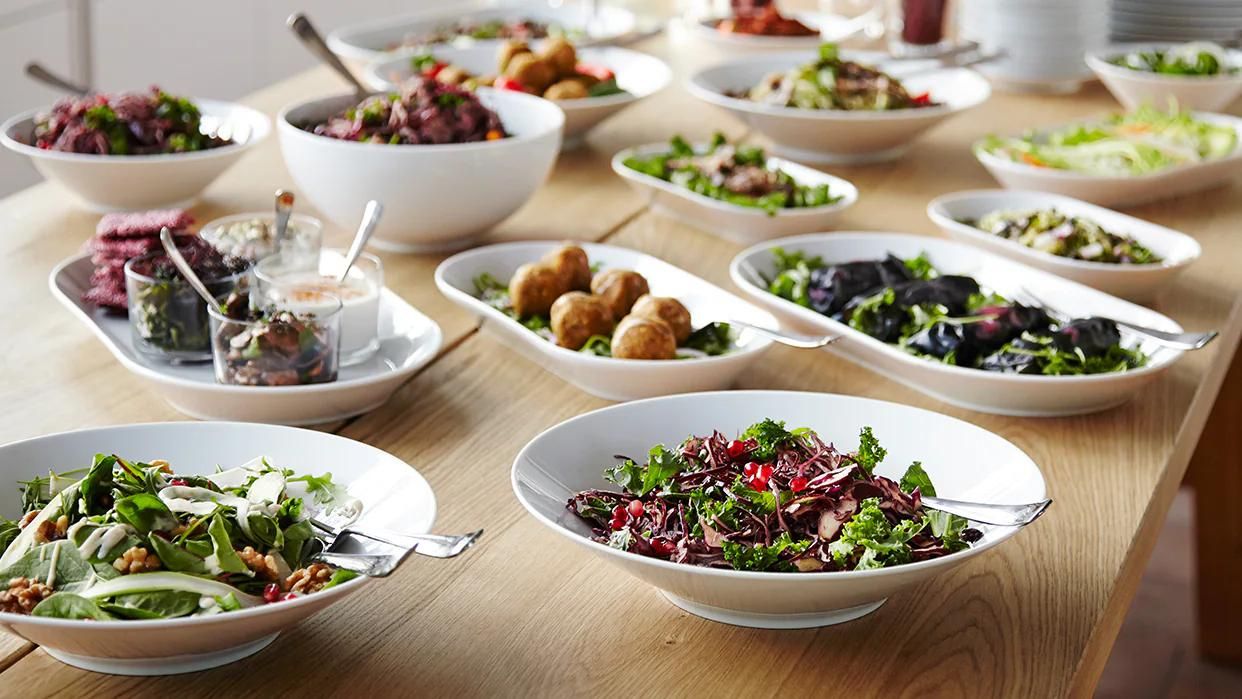
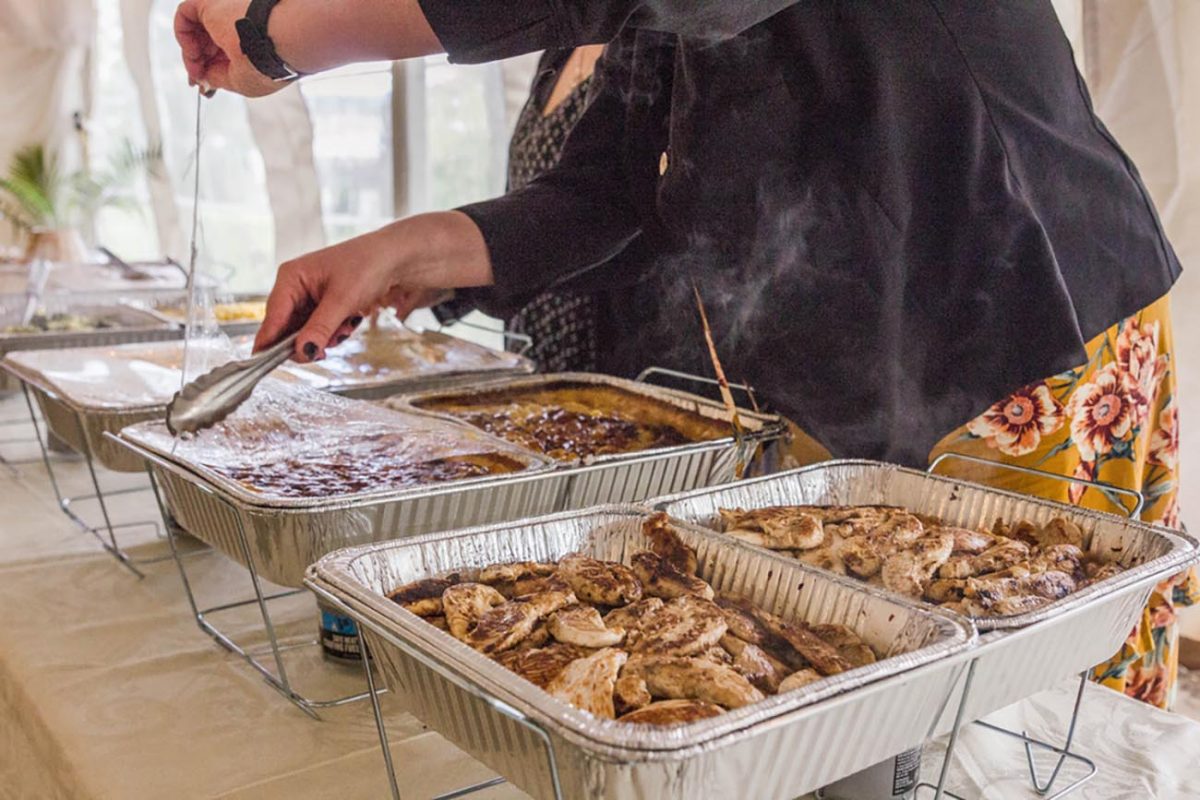

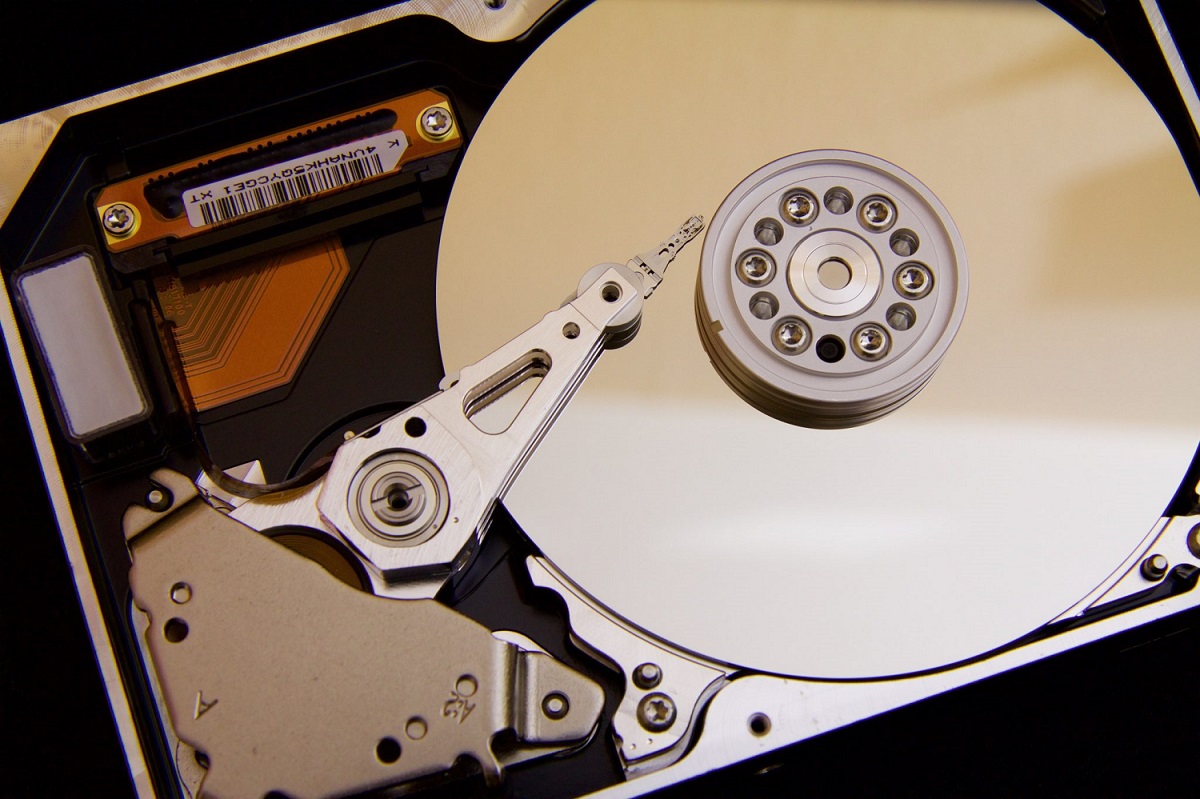



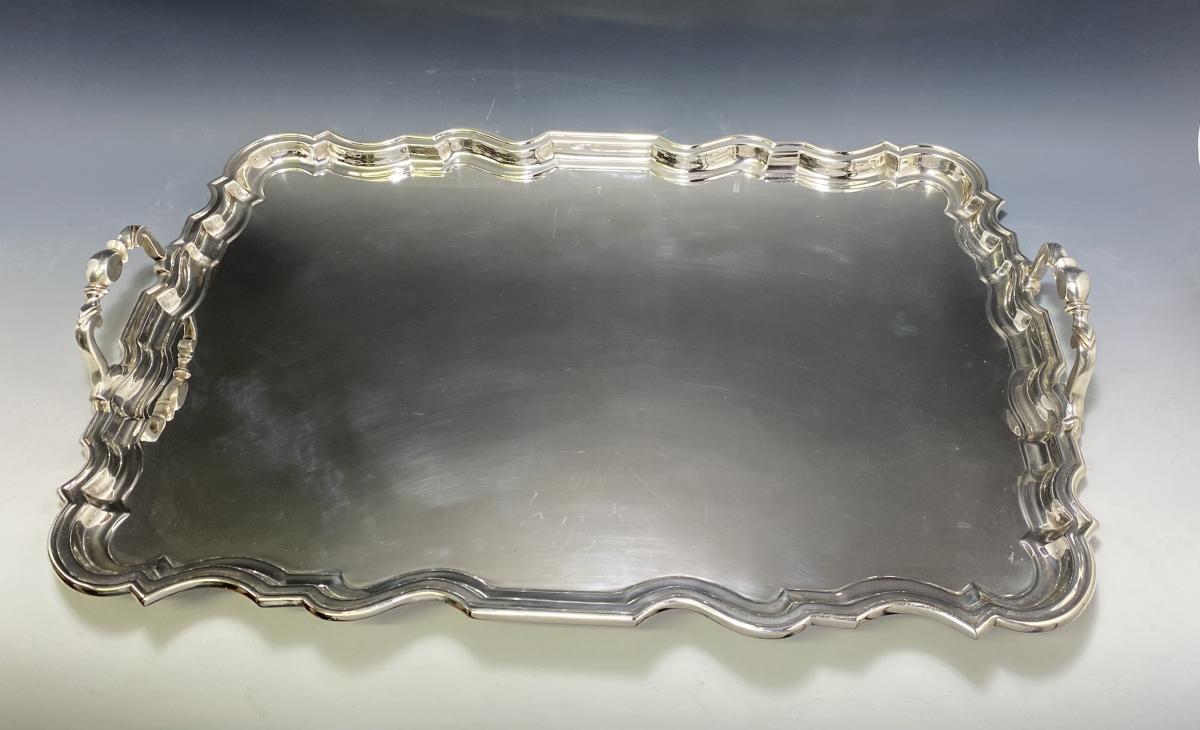
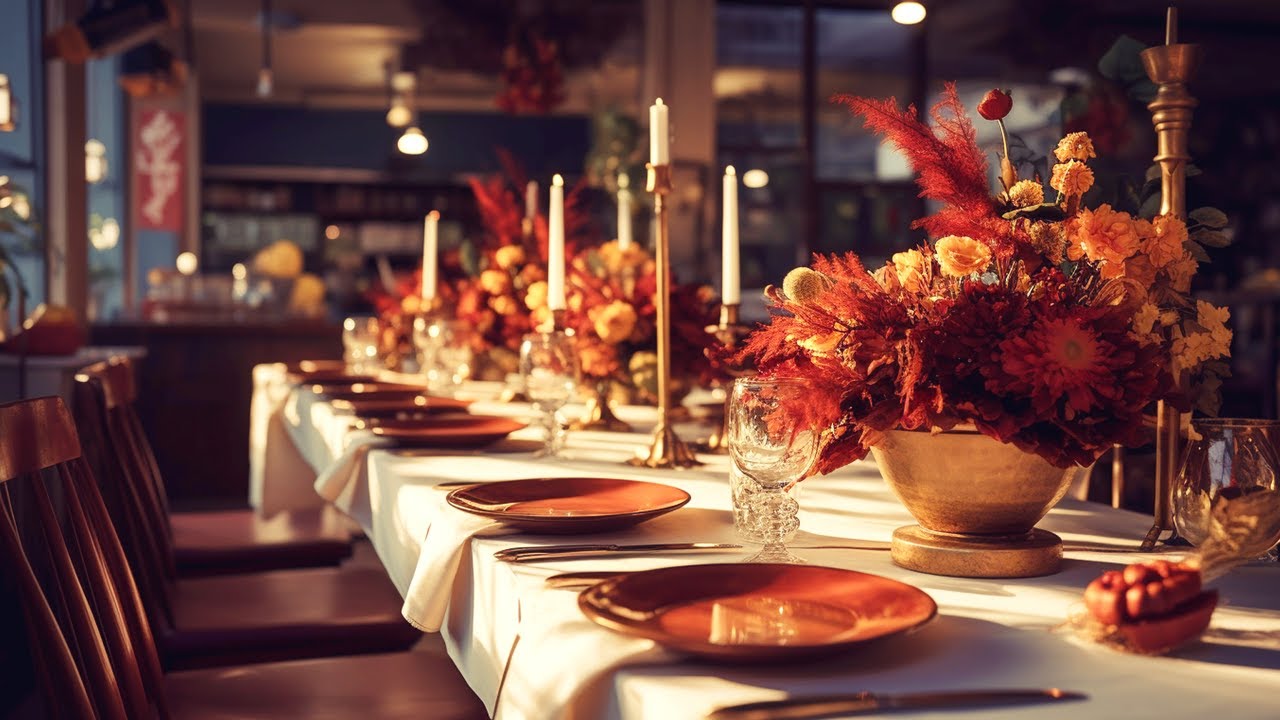

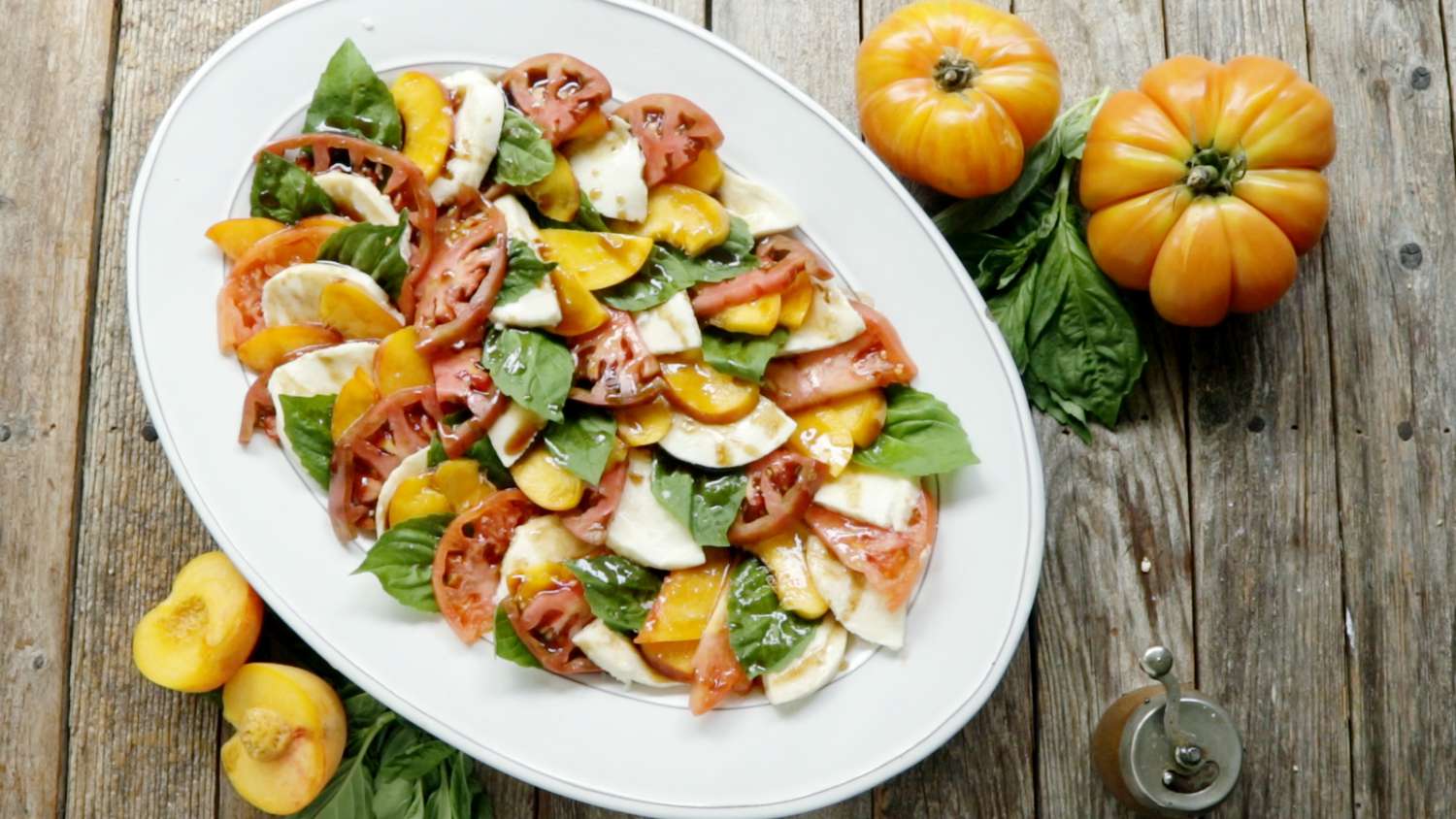
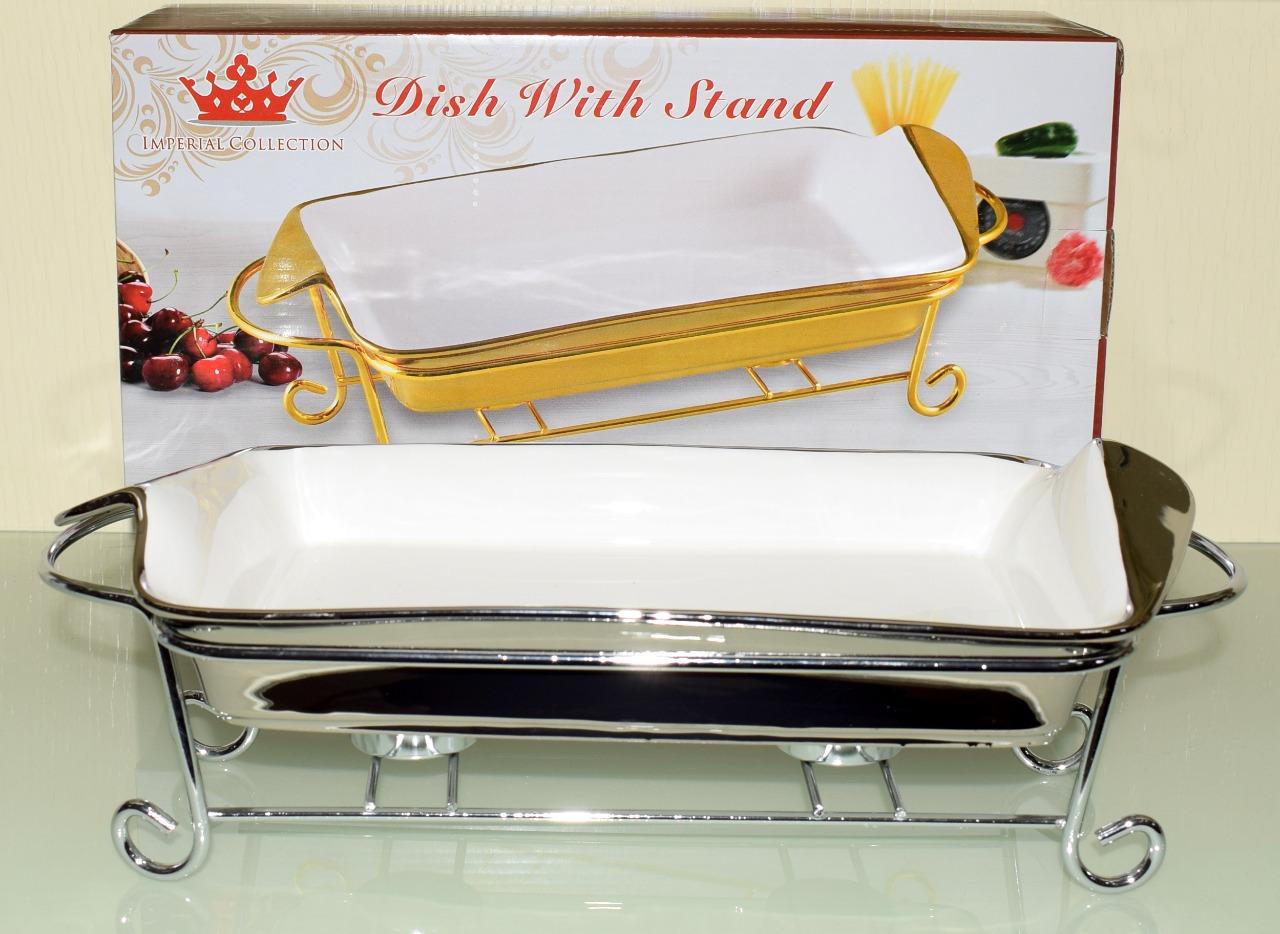
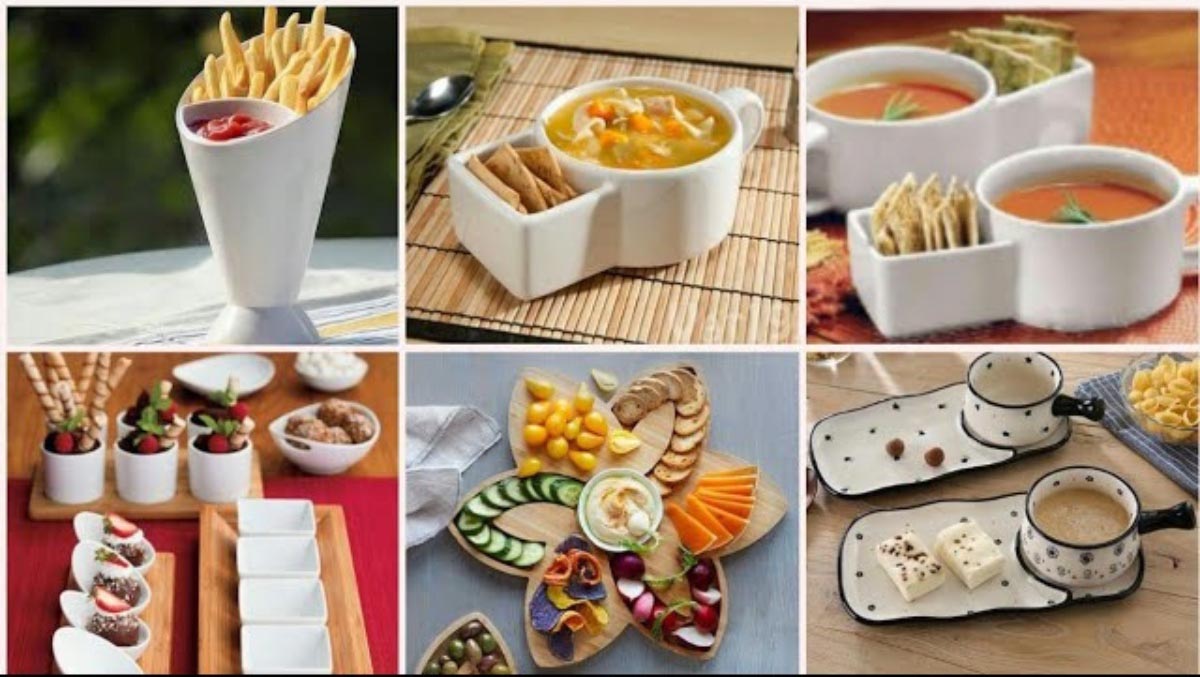

0 thoughts on “How To Store Serving Platters”